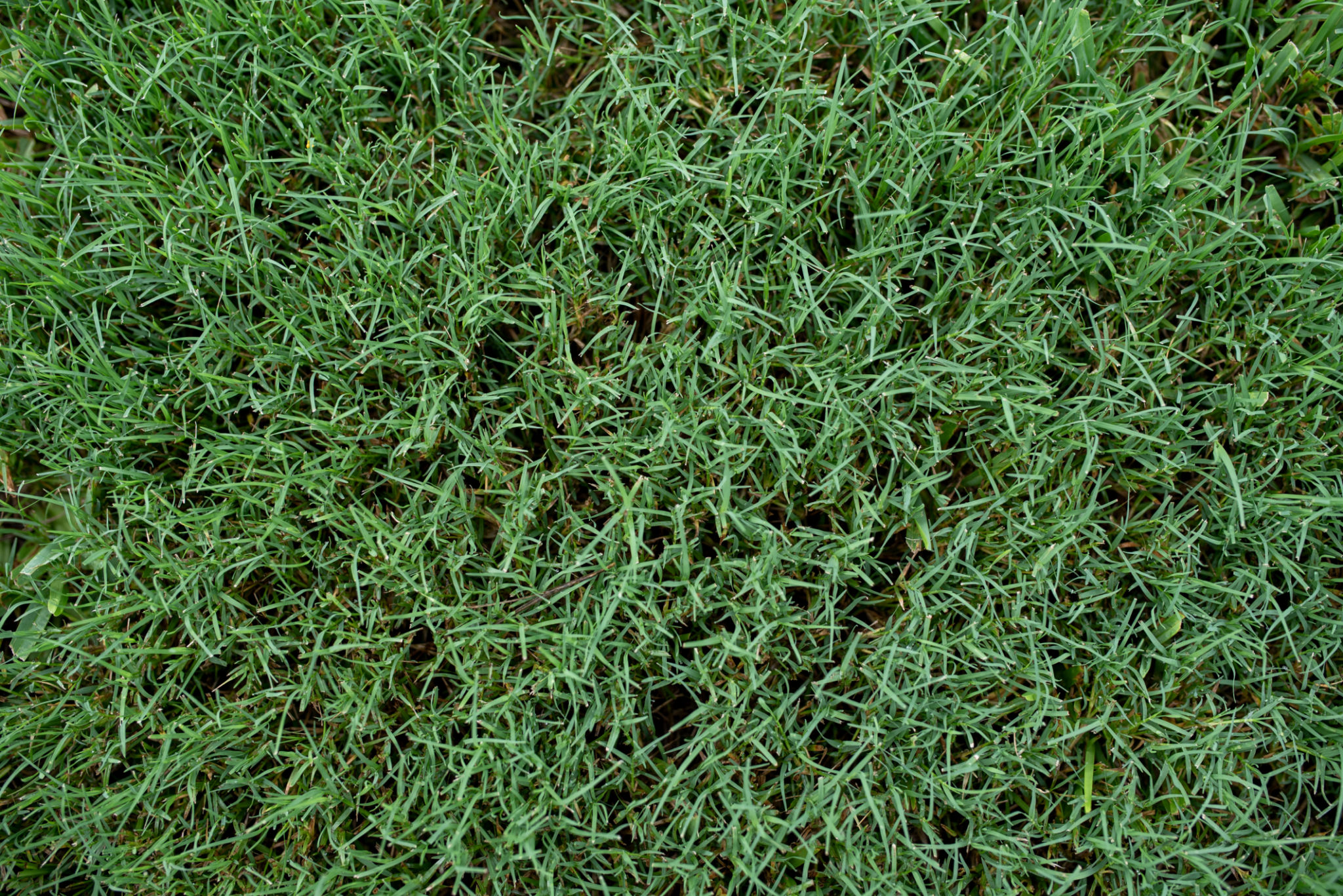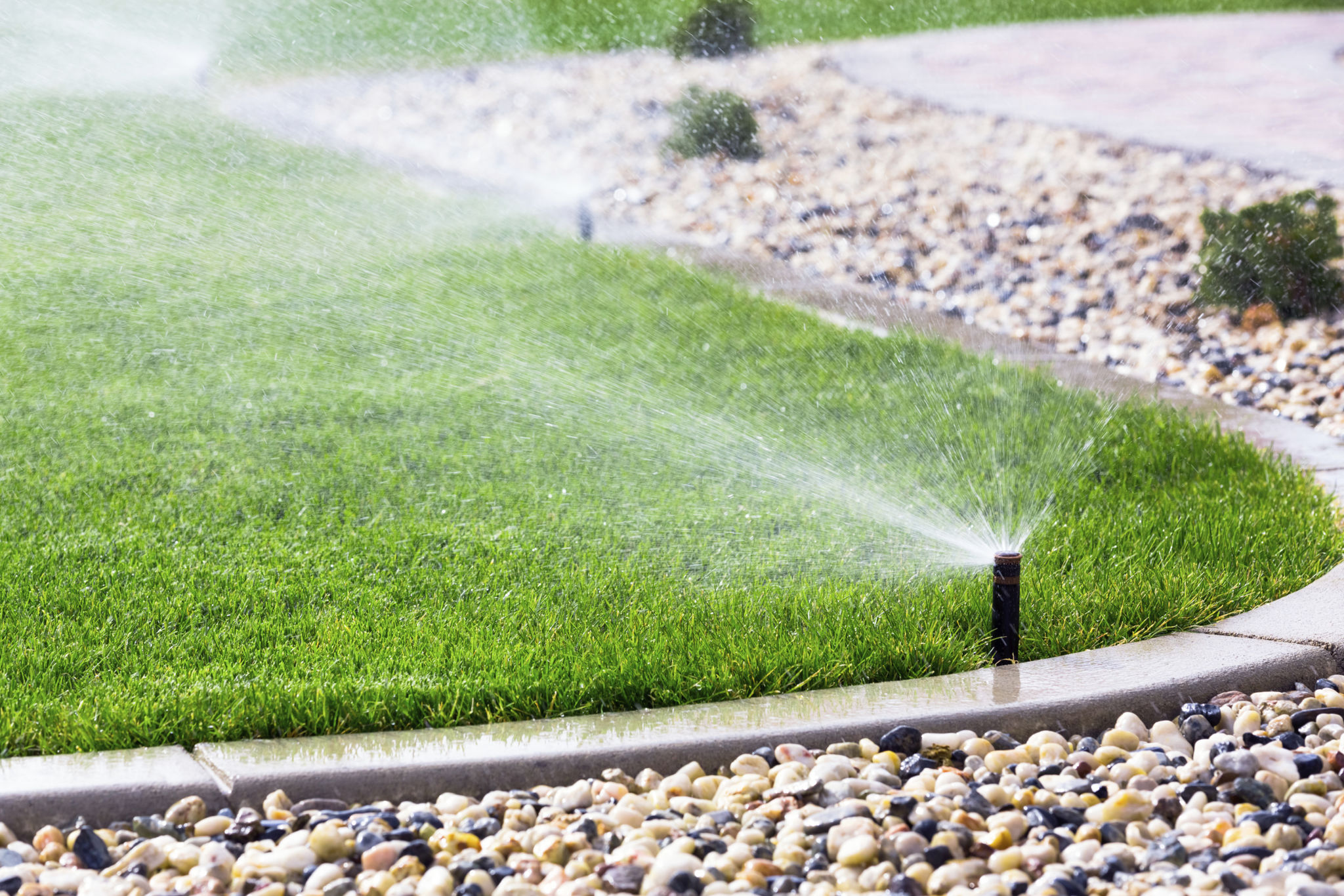DIY Bermuda Grass Care: Essential Steps for a Lush Lawn All Year Round
Understanding Bermuda Grass
Bermuda grass is a popular choice for homeowners seeking a lush, green lawn. Known for its durability and vibrant color, this warm-season grass thrives in sunny environments and can withstand heavy foot traffic, making it ideal for both residential and recreational areas. Understanding the nature of Bermuda grass is essential for effective care.
This grass type grows best in regions with warm climates and abundant sunlight. It's drought-resistant, which makes it an excellent choice for those who want a beautiful lawn without excessive watering. However, to maintain its lush appearance throughout the year, a proper care routine is necessary.

Soil Preparation and Planting
The foundation of a healthy Bermuda grass lawn begins with soil preparation. Start by testing the soil's pH level. Bermuda grass prefers a pH range of 5.8 to 7.0. If your soil is too acidic or alkaline, consider adding lime or sulfur to balance it.
Once the soil is ready, it's time to plant. The best time to plant Bermuda grass is late spring or early summer when temperatures are consistently warm. This gives the grass ample time to establish before the cooler months arrive. You can plant Bermuda grass using seeds, sod, or plugs, depending on your preference and budget.

Watering and Fertilization
Regular watering is crucial for maintaining the health of Bermuda grass. It requires about 1 to 1.25 inches of water per week, either from rainfall or supplemental irrigation. During hotter months, increase watering frequency to prevent the grass from drying out.
Fertilization is another key component of Bermuda grass care. Apply a balanced fertilizer every 6-8 weeks during the growing season. Look for fertilizers that are high in nitrogen, as it encourages healthy growth and vibrant color. Be cautious not to over-fertilize, as this can lead to excessive growth and require more frequent mowing.

Mowing Practices
Mowing is an essential part of maintaining a neat and healthy Bermuda grass lawn. Aim to keep the grass at a height of 1 to 1.5 inches. Regular mowing encourages denser growth and helps prevent weeds from taking over your lawn.
During peak growing season, you may need to mow more frequently — sometimes weekly. Always use sharp mower blades to ensure clean cuts, which reduce stress on the grass and promote faster recovery.
Weed and Pest Control
Weeds and pests are common challenges when caring for Bermuda grass. To keep weeds at bay, apply a pre-emergent herbicide in early spring before weeds start to grow. For existing weeds, spot-treat with a post-emergent herbicide.
Pests such as insects and grubs can cause significant damage if not addressed promptly. Regularly inspect your lawn for signs of infestation, like brown patches or thinning areas, and apply appropriate pesticides as needed. Integrated pest management strategies can also help minimize chemical use while effectively controlling pests.

Aeration and Thatch Management
Aeration helps improve air circulation and nutrient absorption by loosening compacted soil. Perform aeration once a year, preferably in late spring or early summer, to encourage healthy root development in your Bermuda grass.
Thatch is a layer of organic material that can build up between the soil and grass blades. While a small amount of thatch is beneficial, excessive thatch can hinder water penetration and nutrient absorption. Use a dethatching rake or machine to remove excess thatch as needed.
Seasonal Care Tips
Bermuda grass requires different care techniques depending on the season. In the fall, gradually reduce mowing frequency and allow the grass to grow slightly longer to protect it during winter dormancy. Avoid heavy foot traffic when the grass is dormant to prevent damage.
In spring, focus on revitalizing the lawn by applying fertilizer and addressing any bare patches or weeds that have appeared over winter. Proper seasonal care ensures your Bermuda grass remains healthy and vibrant throughout the year.
